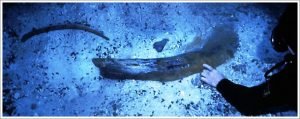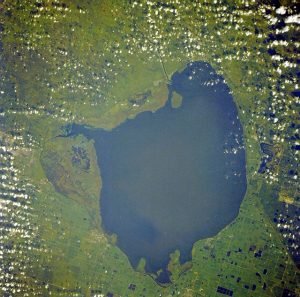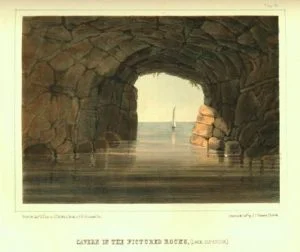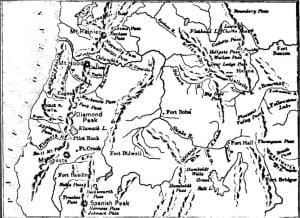Here, in the deep primeval forest, the brave aboriginal inhabitants searched for those medicinal treasures stored in the pharmacy of nature, and from these compounded the curative preparations for which the tribe has long been renowned. Here, upon the Saco river bank, the Sokokis built his bark wigwam, upon these waters he propelled his beaded canoe of birch with noiseless pad, die of ash, and in the pellucid depths saw the reflection of his dusky form. The adventuresome Vikings, reared in a land indented with intersecting voes, when they discovered our rivers upon which the tide ebbed and flowed, supposed … Read more







